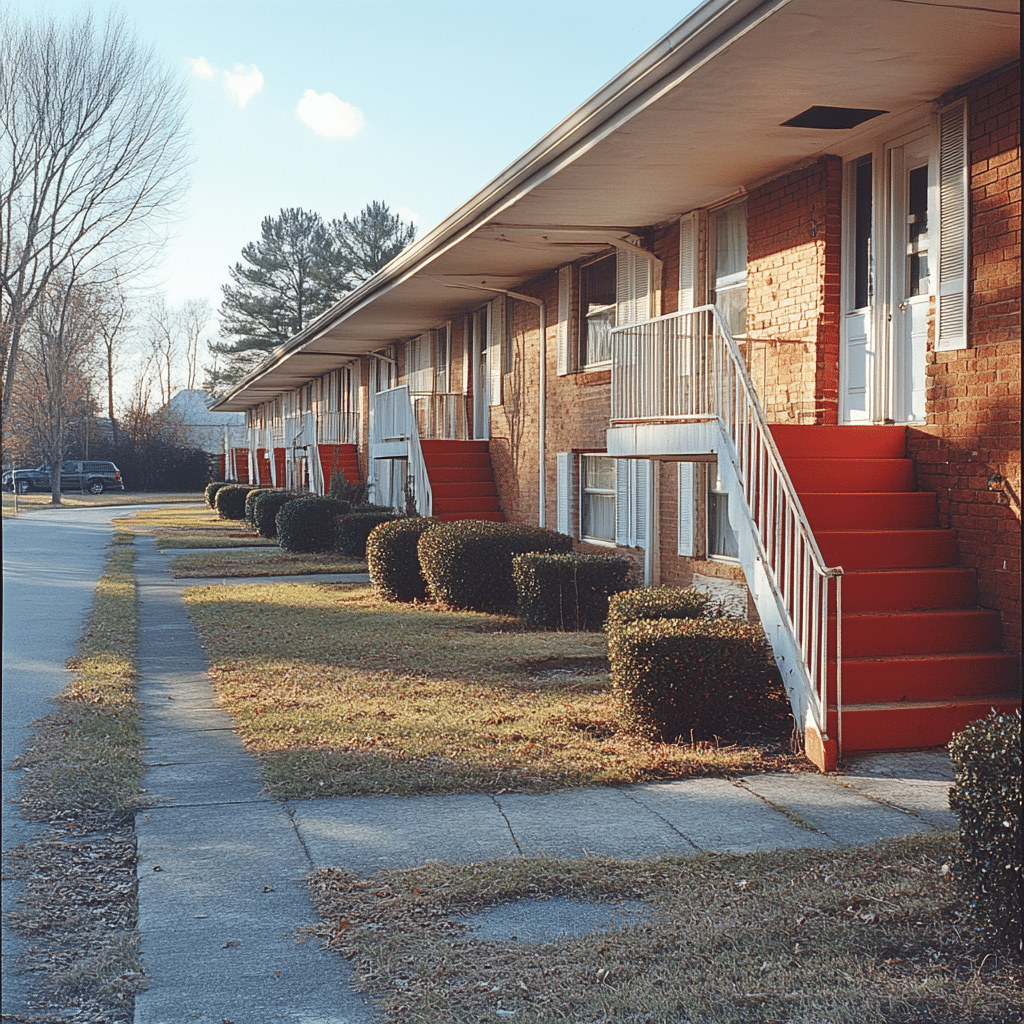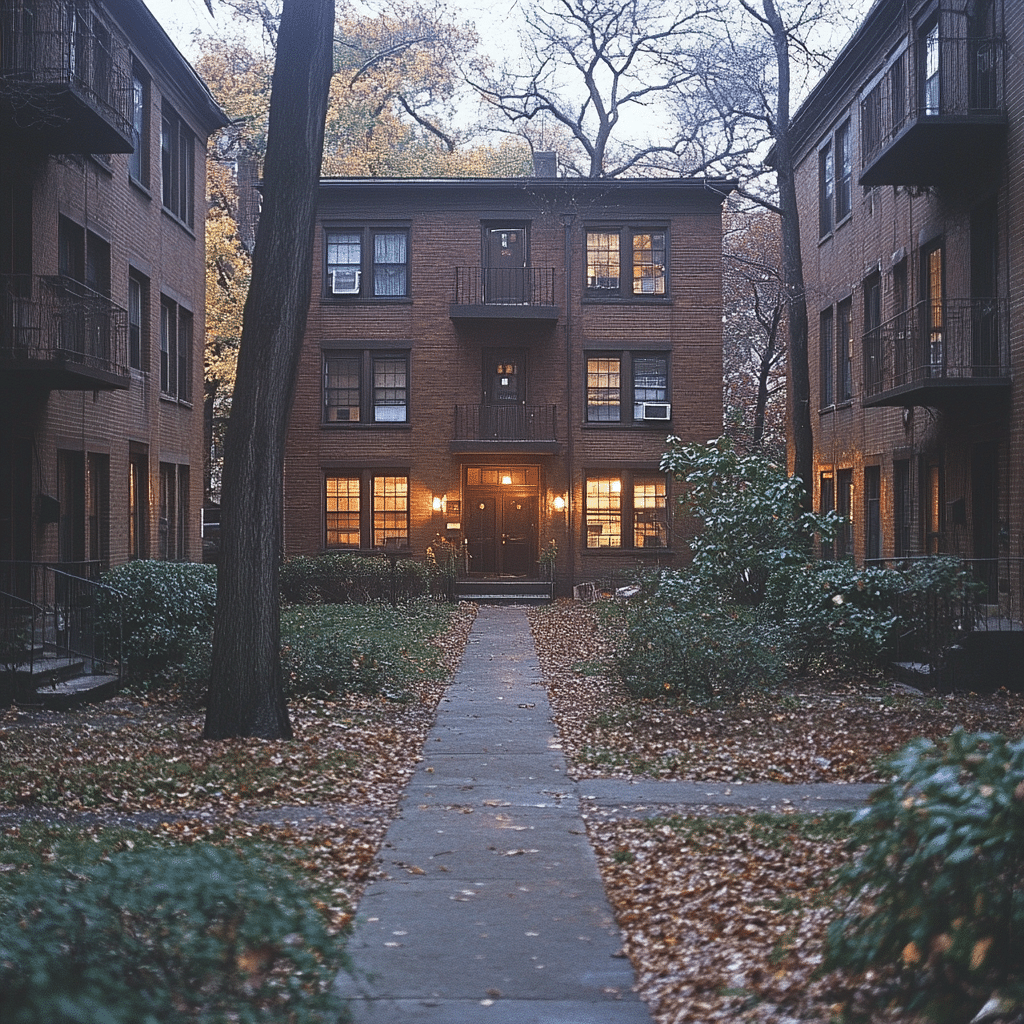Section 8 rental housing provides critical assistance to millions of low-income individuals and families across the United States. This comprehensive guide will walk you through everything you need to know about Section 8 rental housing. We’ll cover eligibility requirements, application processes, types of housing available, tenant and landlord responsibilities, success stories, and the future of this essential program. By the end of this guide, you’ll be well-versed in how Section 8 rental housing works and how it can benefit you.

Understanding Section 8 Rental Housing
Section 8 rental housing, often referred to simply as Section 8, is a federal program managed by the U.S. Department of Housing and Urban Development (HUD). Since its inception, it’s been pivotal in offering housing assistance to those in need. Recipients receive housing vouchers they can use to secure rental properties that meet HUD’s quality standards. The primary objective is to help low-income families, the elderly, and the disabled afford decent and safe housing in the private market.

Navigating the Section 8 Application Process
Eligibility for Homes for Section 8
To qualify for Section 8, potential renters must meet specific criteria:
Every locale uses HUD guidelines to determine eligibility, which can be found on your local public housing authority (PHA) website or Section8housing.
How to Apply for Section 8 Homes
The application process involves the following steps:
It’s essential to keep your application updated and respond promptly to any PHA communications to avoid delays.
| Feature/Aspect | Description |
| Program Overview | Section 8 is a federal housing assistance program that provides rental subsidies to low-income families, allowing them to find safe and affordable housing. |
| Administered By | U.S. Department of Housing and Urban Development (HUD) |
| Eligibility Criteria | Families must meet income requirements (typically less than 50-80% of the median income in the area); U.S. citizenship or eligible immigration status. |
| How to Apply | Applications are typically submitted through local Public Housing Authorities (PHAs). Waitlists are common due to high demand. |
| Tenant Responsibilities | Pay the remaining rental amount not covered by the voucher, abide by lease terms, and maintain the property in good condition. |
| Landlord Responsibilities | Accept the Section 8 voucher, ensure the property meets HUD’s Housing Quality Standards, and comply with the Housing Assistance Payments (HAP) contract. |
| Payment Structure | HUD pays a portion of the rent directly to the landlord; tenants typically pay 30% of their adjusted income towards rent. |
| Rent Reasonableness | Rent must be comparable to similar unassisted units in the area to ensure the program funds are used effectively. |
| Benefits to Tenants | Increased access to safe and affordable housing, reduced rent burden, opportunity to live in better neighborhoods. |
| Benefits to Landlords | Guaranteed rental income from HUD, reduced vacancy rates, potential tax incentives, contribution to community stability. |
| Common Challenges | Lengthy waitlists, potential stigma associated with Section 8 tenants, landlords unwilling to accept vouchers, and bureaucratic hurdles. |
| Housing Quality Standards | Ensures rental units meet basic safety, health, and comfort standards, which are regularly inspected by the administering PHA. |
| Mobility Options | Vouchers can often be transferred to different units (portability), allowing tenants to move without losing assistance. |
| Termination of Assistance | Non-compliance with program rules, changes in income or family status, or fraud can result in termination of benefits. |
Types of Section 8 Housing Rentals Available
Moving into Section 8 Housing Rentals
Once approved, you can move into various types of Section 8 housing:
Section 8 Housing Rent Calculation
Rent in Section 8 homes is based on a family’s income. Typically, tenants pay 30% of their adjusted gross income, with the voucher covering the rest. HUD updates Fair Market Rents (FMR) annually, affecting the maximum subsidy.
Locating Section 8 Rent Houses
Finding Section 8 homes can be challenging due to high demand. However, resources like AffordableHousing.com or local PHA listings, such as those provided by the New York City Housing Authority (NYCHA), can be invaluable. Additionally, consulting HUD Homes For rent Listings can simplify your search.
Responsibilities and Rights in Section 8 Housing
Tenant Obligations in Section 8 Rentals
Tenants must adhere to several obligations:
Landlord Responsibilities for Section 8 Rentals
Landlords also have obligations, including:
Success Stories: Benefiting from Section 8
Consider the Johnson family in Atlanta. They moved from a high-crime neighborhood to a safer suburb thanks to a Section 8 voucher. Their children now attend better schools, greatly improving the family’s quality of life. Stories like these showcase the transformative power of Section 8 rental housing.
The Future of Section 8 Rental Housing
As we move toward 2025 and beyond, the demand for affordable housing remains intense. Potential policy updates and increased funding for Section 8 could expand its reach, helping more families access quality housing. Advocacy for legislative changes and increased landlord participation can alleviate current challenges.
Understanding and engaging with Section 8 rental housing can truly change lives. For more information and personalized mortgage assistance, explore the physician mortgage Loans or other resources at Mortgage Rater to secure your financial future.
Navigating Section 8 rental housing requires patience and effort, but the benefits are substantial for many American families striving for better living conditions. By staying informed and proactive, you can make the most of this crucial program.
Fun Trivia and Interesting Facts About Section 8 Rental Housing
Unforgettable Historical Tidbits
Did you know Section 8 rental housing has roots tracing back to the Great Depression? Yep, during those hard times in the 1930s, the federal government kickstarted various housing assistance programs. Initially aimed at helping folks get back on their feet, these programs eventually evolved into what we now know as Section 8 rental housing. It makes you appreciate how far we’ve come, doesn’t it?
Connecting with history can be as intriguing as discovering rare collectibles. Speaking of rare, if you’re a collector, you might fancy a Chainsaw Man figure as a unique addition to your collection. Just as these figures offer a peek into a different world, Section 8 housing opens doors for countless families striving for better living conditions.
How Section 8 Intersects With Other Services
Surprisingly, Section 8 rental housing isn’t a standalone effort. It synergizes with various support systems. For instance, ever heard of the Tribal Assistance coordination group Tac-g? This group collaborates with Section 8 to provide housing solutions, particularly for Native American households, showcasing the program’s widespread impact.
One could compare finding Section 8 housing to discovering HUD Houses For sale. Both require a keen eye and some savvy, but the outcome can be life-changing. Trivia like this highlights the interconnected nature of housing assistance programs and underscores the multi-faceted support mechanisms at play.
Pop Culture Connections
Ever wondered if Section 8 has made its mark on pop culture? Well, indirectly, it has. Shows and movies sometimes touch upon housing struggles and successes. Case in point: the Bachelor Party cast brings wild escapades to the screen, leaving viewers in splits. But behind the humor, such stories often shine a light on real societal issues, including housing challenges, making the subject relatable and engaging.
Knowing these snippets not only makes you a trivia champ but also paints a fuller picture of Section 8 rental housing’s extensive reach. They say knowledge is power, and with these facts under your belt, you’re well on your way to understanding the impact and importance of Section 8.




